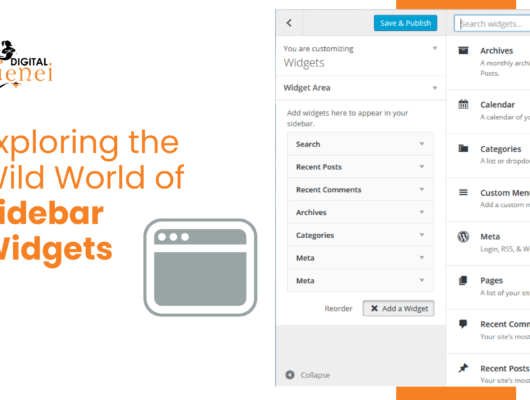In the intricate world of web development, even the tiniest oversight can snowball into a catastrophic meltdown. The lines of code that power our digital experiences are delicate, and a single misplaced character can send ripples of chaos through your entire website. In this article, we’ll delve into the potential disasters that can arise from seemingly minor coding mistakes and how to safeguard your website from such calamities.
1. The Dreaded Syntax Error
The computer programmer is a creator of universes for which he alone is the lawgiver.
A missing semicolon, an unclosed bracket, or a typo in a function name might seem inconsequential, but to a computer, it’s a communication breakdown. These syntax errors can cause entire sections of your code to fail, rendering your website dysfunctional.
2. Cross-Browser Compatibility Woes
Web pages are not made equal.
What looks perfect in one browser may appear distorted or broken in another. This nightmare scenario is the result of failing to account for variations in browser rendering. It takes meticulous coding practices, including CSS resets and vendor prefixes, to ensure your website looks consistent across different browsers.
3. The SEO Killer: Neglecting Semantic HTML
Good SEO work only gets better over time. It’s only search engine tricks that need to keep changing when the ranking algorithms change.
Search engines thrive on clean, semantic HTML. Neglecting proper structure and markup can hinder your website’s discoverability. It’s crucial to use appropriate tags like headings, lists, and semantic elements to signal the content hierarchy to search engines.
4. Oversights in Mobile Responsiveness
By making your website mobile-friendly, you make it accessible to a larger audience.
In the mobile-first era, overlooking responsive design can lead to a disastrous user experience on smaller screens. Failure to implement media queries or to test your site across various devices can result in a website that’s practically unusable on mobile.
5. Inefficient Code: The Speed Killer
The performance of a website is not about the server. It’s about the client’s browser.
Bloated or inefficient code can drastically slow down your website’s loading times. This can lead to higher bounce rates and a lower search engine ranking. Optimizing images, using asynchronous loading for scripts, and minimizing HTTP requests are just a few strategies to keep your site nimble.
6. Security Sins: Inviting Hackers In
To err is human, but to really foul things up requires a computer.
Neglecting security measures can open the door to cyber threats. Failing to validate user inputs, not encrypting sensitive data, or using outdated libraries or plugins can make your website vulnerable to attacks.
7. The Cost of Not Backing Up
It’s not whether you back up your data, but whether you’ve tested restoring it.
Disasters happen, and when they do, having a backup can mean the difference between a minor setback and a catastrophic loss. Neglecting regular backups of your website files and databases can lead to irreparable data loss.
Conclusion: Vigilance in the Code
In the realm of web development, vigilance is paramount. Every line of code carries weight, and every decision made in development impacts the user experience. By recognizing the potential pitfalls and taking proactive measures to mitigate them, you can safeguard your website from coding catastrophes.
Remember, it’s not about writing perfect code, but about being aware of the potential disasters and knowing how to troubleshoot and prevent them. This level of diligence is what separates a functional website from a catastrophic one.





